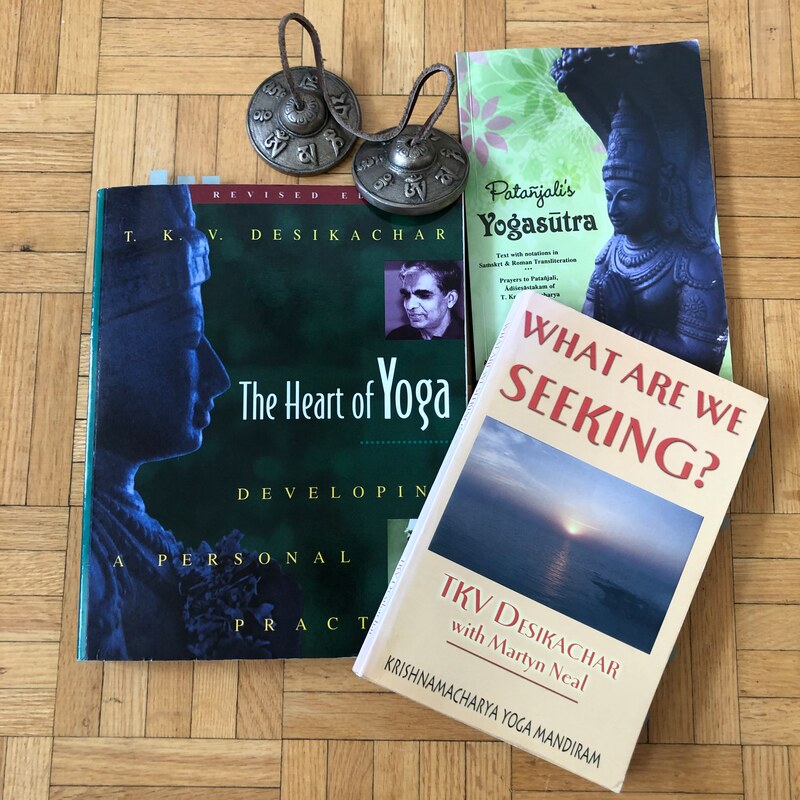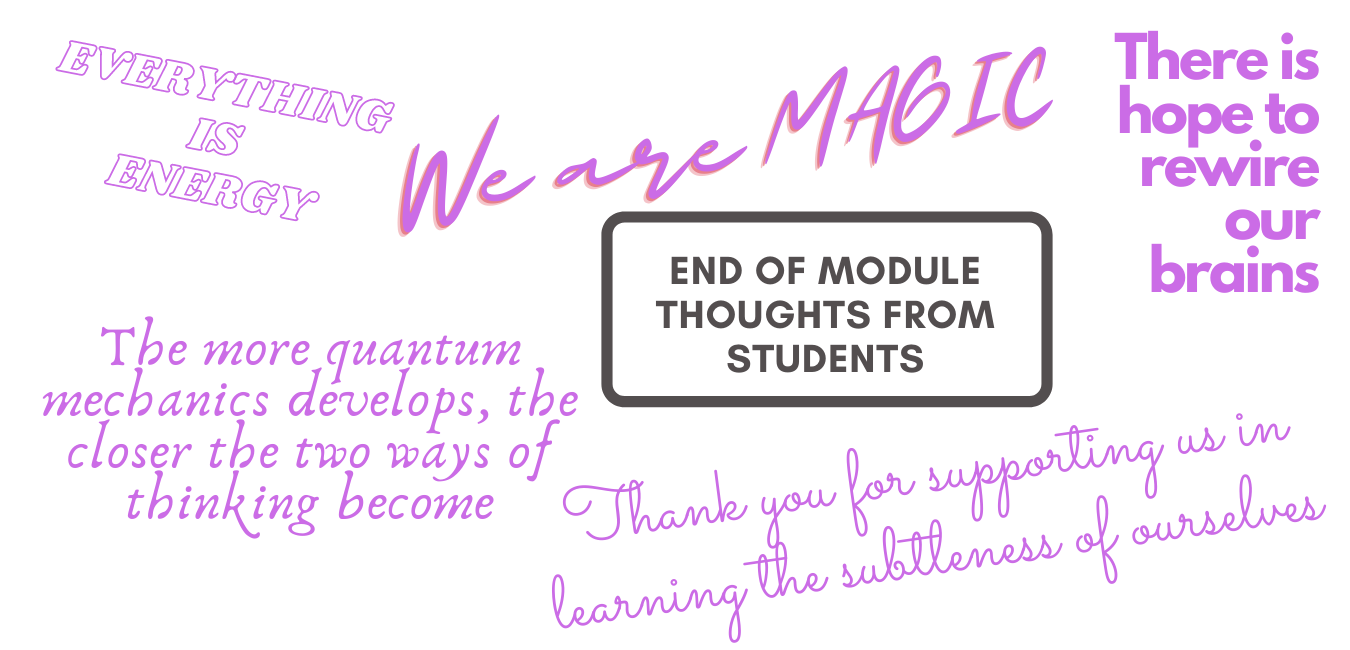Subtle Anatomy Education
• Thoracoabdominal Breathing, How to Affect the Subtle Body with Āsana, Prāṇāyāma, and Dharaṇa
• Yogic and Āyurvedic constitution, Formal Prāṇāyāma Techniques, Therapeutic Chants in Āsana and Prāṇāyāma
• Yogic Anatomy of the Mind, Understanding Yogic Meditation, Bhāvana, Trauma through a Yogic Lens, The Yoga Sūtra-s
• Thoracoabdominal Breathing, How to Affect the Subtle Body with Āsana, Prāṇāyāma, and Dharaṇa
• Yogic and Āyurvedic constitution, Formal Prāṇāyāma Techniques, Therapeutic Chants in Āsana and Prāṇāyāma
• Yogic Anatomy of the Mind, Understanding Yogic Meditation, Bhāvana, Trauma through a Yogic Lens, The Yoga Sūtra-s
|
The Vedic teachings about breath and breathing, our human constitution, our physiology, our mind, the deeper Self, meditation, visualization, and healing are deep and incredibly powerful. I have studied extensively in the TKV Desikachar lineage and continue to do so.
7 key parts of learning and teaching in this way are: śravanam (hear/listen) grahanam (hold in your mind) mananam (reflect again and again) nidhidhyāsam (apply to my life) anubhāvam (experience the effects of my practice in/on my own life) parīkṣa (verify in accordance with universal truths) pravacanam (teach) As a student and teacher of subtle anatomy, I share what I have understood through these 7 steps, and encourage my students to do the same. |


